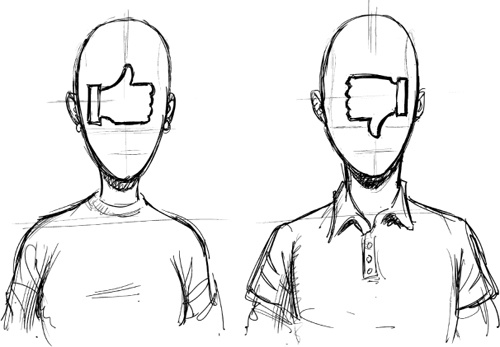Chapter 15. Emotions
We have arrived at one of the core parts of psychology. The part that makes your pupils big or small, tears flow down your face, smiles happen, and more.
There is a lot of debate among psychologists about emotions. I’m gonna skip all that. This lesson is already a little longer than most, because emotions are super important in UX design. Instead—I give you the simplest practical model of emotions known to mankind:
There are two categories of emotions: gain and loss.
Emotions are reactions, not goals.
Time makes emotions more complicated.
Gain and Loss
Emotions come in two flavors: good and bad; positive and negative; happy and unhappy. Pretty easy so far, right? I call them gain and loss.
Gains give you positive feelings. You might feel refreshed after a good night’s sleep, or ecstatic after winning the lottery, or euphoric when your masseuse is a little more thorough than usual.
For now, just put them all in the same “happy” category.
Losses give you negative feelings. You feel grumpy when you haven’t slept, or devastated after a breakup, or embarrassed when your masseuse turns out to be your cousin.

For now, just put them all in the same “unhappy” category.
Emotions Are Reactions, Not Goals
If I locked you in a dark box and gave you chemicals that would make you feel happy, forever, and then shot that box out into space, alone, with no communication, and you can’t move ...
Get UX for Beginners now with the O’Reilly learning platform.
O’Reilly members experience books, live events, courses curated by job role, and more from O’Reilly and nearly 200 top publishers.

